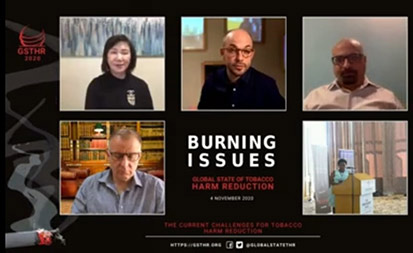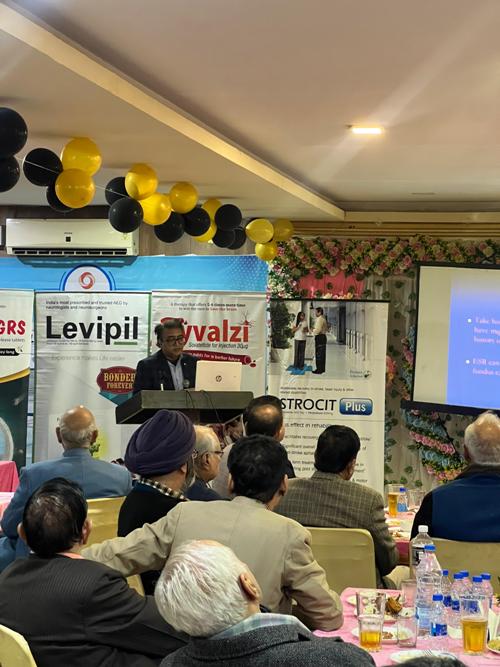Policy reforms needed to combat India’s tobacco crisis: Global report
Speaking at the UK launch of a global report, tobacco harm reduction advocate Samrat Chowdhery said evidence-led policy reforms lead to better outcomes than bans in helping reduce deaths and disease from tobacco use. The biennial

Speaking at the UK launch of a global report, tobacco harm reduction advocate Samrat Chowdhery said evidence-led policy reforms lead to better outcomes than bans in helping reduce deaths and disease from tobacco use.
The biennial report, Burning Issues: The Global State of Tobacco Harm Reduction (GSTHR), published by UK-based public health agency Knowledge Action Change, finds that currently there are nine safer nicotine products (SNPs) users for every 100 smokers globally, most of whom live in high income countries.
The report states that overall, 98 million people are estimated to use SNPs worldwide. Of those, 68 million are vapers, with the largest vaping populations in the US, China, the Russian Federation, the UK, France, Japan, Germany and Mexico. The rest are users of snus, a low-risk smokeless tobacco variant popular in Scandinavian countries, and new heated tobacco products which deliver nicotine in cigarette-like form but without combustion.
Talking about the hurdles to wider adoption of SNPs, Chowdhery, who is president of global consumer body International Network of Nicotine Consumer Organisations (INNCO) and director of Association of Vapers India (AVI), said, “The report finds that 36 nations have banned low-risk alternatives, and most of them, barring a few outlier western nations, are low- and middle-income countries (LMICs) – a large number are in Latin America, many in the Middle East, some in Africa and a rising number in Asia.”
He said this is particularly concerning as a majority of smokers, almost 80% of over a billion worldwide, live in developing nations and they bear the largest tobacco health burden as a majority of the 8 million annual tobacco-related deaths are in these countries.
“These are also nations where access to public healthcare is poor, where smokers are least able to deal with the consequences of tobacco use such as getting treatment for medical conditions, which makes harm prevention even more vital,” he said.
The INNCO president said increasing barriers to tobacco harm reduction ultimately serves to perpetuate smoking. “It hurts the health of the country, but also causes huge financial loss as tobacco-related mortality and morbidity costs rise, and by decimating an industry which could create jobs and revenue while improving the health of tobacco users.”
But the tide is turning and science is slowly but steadily winning over ideology, Chowdhery said. “Since the last edition of the GSTHR report in 2018, four countries [including India] have banned THR alternatives while 22 nations from various regions of the world have either reversed bans or put in place formal regulations allowing their use,” the AVI director said.
The India section of the report states policy reforms hold great prominence in the Indian context as it has the second highest number of smokers globally, is a world leader in tobacco production, and has yet banned safer alternatives such as vaping and heated tobacco products.






